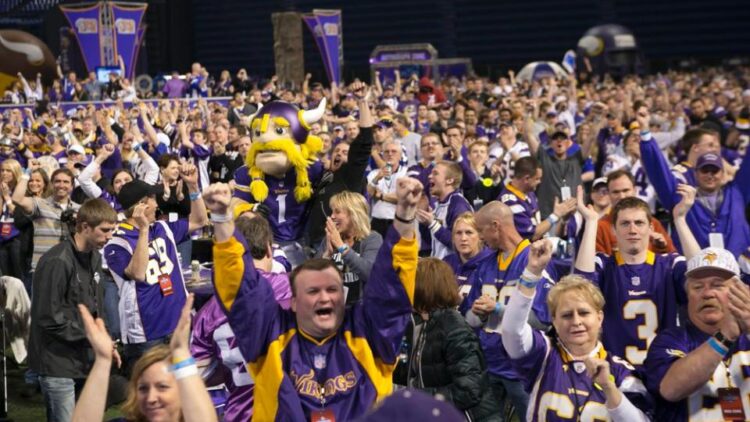How Sports Made the Transition to Social Media

When they first appeared, social media platforms were not seen as a threat to television, which was the prime source of all sports content for decades. However, in the last several years, fans started to recognize how easy and practical it is to get information about results, teams, and favorite athletes through websites like Facebook, Twitter, and Instagram.
The way we acquire sports news today is much different than at the beginning of the century. More than half of all sports fans get information online, and the number of people who follow up on sports news over mobile devices has drastically increased in the last few years.
Sports teams now have own social media pages and websites like Vikings Territory, Lakers Nation, Pinstripe Alley (NY Yankees), and others. This is bringing a lot of revenue to teams. According to the infographic below provided by Betting Sites, it is estimated that popular football teams earn around $10 on average per each of their social media followers. That’s amazing, and definitely not what we’ve found here at VikingTerritory.com. Combined with our sister site, purplePTSD.com, we have nearly 50,000 followers on social media. So what are these teams doing (and how can we copy them?)?
People in charge of these pages can post updates almost momentarily and reach millions of fans. Athletes themselves can share announcements and personal stories on the go. They can also earn lots of money by advertising brands on their social media pages that have millions of followers.
For example, sports celebrities like Cristiano Ronaldo and LeBron James get thousands of dollars in return for every Tweet they post, something that celebrities are doing across every industry to supplement their already ample income. The key is finding partners that don’t tarnish the brand of the person/team/site that’s partnering with them, something a few different celebrities have found (we’re looking at you, Kardashians).
You may think that this trend will cut the middleman – the reporters. However, sports journalists and analysts have embraced social media more than everyone else. They too can post reports faster and reach out to a wider audience more easily and while some readers would prefer to get their news in 140 (or more) characters, there’s still a place for deep dives (that are summarized on Twitter/Facebook/Instagram, etc.).
Of course, television is feeling the blow here, as sports media empires like ESPN and Fox Sports lose hundreds of thousands of subscribers each year. Part of that is self-inflicted, of course, but there’s really nothing wrong with giving followers more options in terms of how to consume media, with the NFL, for example, partners with streaming sites like Hulu and also with social media powerhouses like Twitter. While people were bemoaning the decrease in television viewers lasts season in the NFL, the reality is that those people were still consuming NFL content, it just wasn’t through the traditional avenue of television.
Instead of waiting for sports news reports on TV, fans can now access the latest highlights, pre-match footage, and interviews though dedicated YouTube channels, and watch them on demand. It’s a brand/bold new world and we’re fighting the good fight to ensure that our readers/listeners/viewers are getting as many options as possible in terms of the who/what/where/how they can consume Vikings content.
The impact that social media has on sports can be best seen through exact figures. Check them out for yourself in a detailed infographic below! It’s from across the pond, where you won’t find a more fervent and loyal fan-base. Those fans are, of couse, soccer/football fans and it’s a great example as there aren’t outlying factors to consider like there are here in the States (namely in those that claim they’re done with the NFL because of the anthem protests). Take a second to check this out and remember that we at VikingsTerritory.com/purplePTSD.com/purpleTERRITORY Radio have traditional articles, a Facebook Accounts (for both VT and purplePTSD) and Twitter (again, for both VT and purplePTSD) a new Instagram account we’re working on, a Periscope and YouTube account for video coverage and a budding Spreaker account for all of our over ten podcasts!

